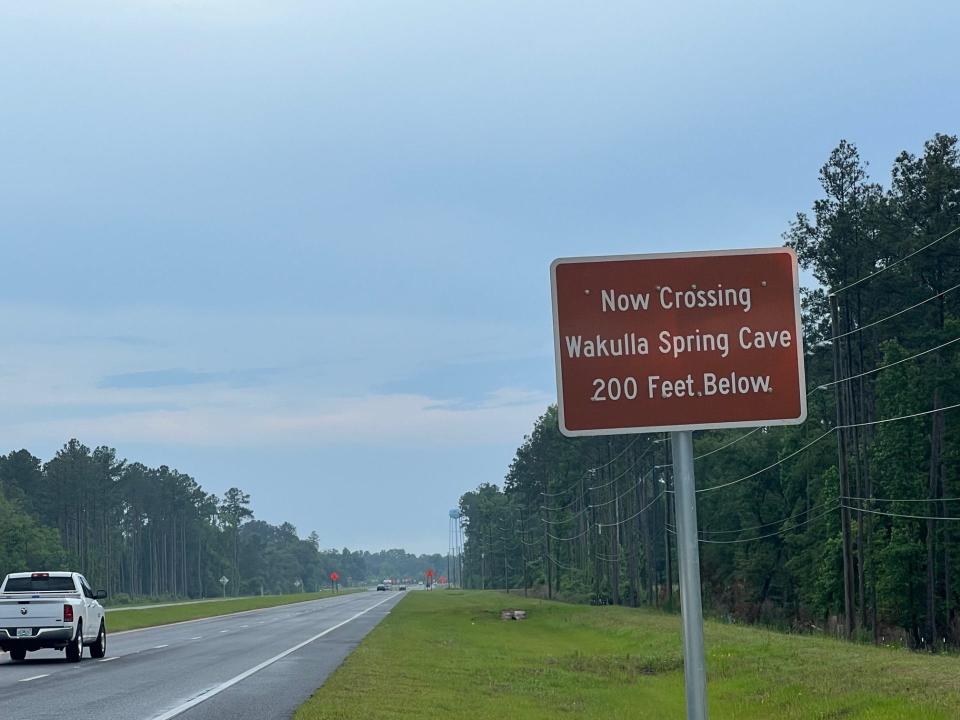Some advanced septic upgrades permitted by FDEP may not work
Leon County just received $2.2 million from the Florida Department of Environmental Protection to upgrade conventional septic systems to advanced treatment. Homeowners in the Springs Protection zones may apply for a $7,500 grant, from those funds, to be used towards converting their conventional septic systems to advanced nitrogen reducing systems.

That grant has the potential of making a difference in nitrogen loading to Wakulla Springs and the aquifer, but there may be a problem in how these conversions are done. Currently the least expensive nitrogen reducing advanced septic system that is approved in Florida is called an In-ground Nitrogen Reducing Biofilter, INBR for short. These systems were developed some years ago in a series of multimillion dollar allocations from the Florida Legislature.
I was a member of the Florida Department of Health Research Review Advisory Committee which oversaw the administration of this study at that time. The legislature specified that these systems be developed as “Passive Nitrogen Reducing Systems” meaning that they do not use an Aerobic Treatment Unit (ATU), and contain no more than one pump.
INRB’s have several perceived advantages over the other nitrogen reduction systems that are currently available, one of which is that they do not require an annual operating permit which requires a contract with a licensed operator, who does two inspections per year plus an additional inspection from the local health department, to ensure that they function properly. The license and contract cost the homeowner anywhere from $600 to $800 every two years.
The other state approved nitrogen reducing systems, require these operating permits. They include the widely available, third party tested, and high performing, NSF 245 systems and performance Based Systems designed by an engineer. These systems are somewhat more expensive than the INRB’s but have a long track record of successfully reducing nitrogen.
There are two significant problems with the INRB’s. They are permitted to be installed with a substantially different design than those developed in the state’s Passive Nitrogen Study and, only two of those systems have ever been tested. Equipment and testing of these systems costs FDEP over $40,000.
Considering the many hundreds of these INRB systems are already installed in the state, at least 30 test sites, with that allowed design, would be necessary to establish proof of concept. The manufacturer of NSF 245 systems pays for the testing themselves, not the state.
This lack of testing of INRB’s, that is unique to any other Florida approved system upgrade, is my greatest concern. What if these systems do not perform adequately in both the long and short term? Considering that the majority of state funding for conversions of conventional septic’s to advanced treatment are being installed using these INRB’s, are we getting the desired outcome for the dollars being spent? Their alternatives, NSF 245 systems have been rigorously tested by third party testers and installed systems are regularly inspected to ensure that they are properly functioning. There are no ongoing inspections of INRB’s after installation.
Many experts from around the country voiced serious concerns about the efficacy of INRB’s when they were proposed to be permitted with this design. The most telling was from the lead investigator for the contractor that developed them, saying that they differed significantly from what was originally designed and tested.
So far in Leon County $1.5 million has already been allocated to install about 90 of these INRBs, plus many installed using a $10,000 FDEP homeowner grant. Add to that this new $2.2 million FDEP grant, and over $4 million may be spent locally on INRB’s.
Florida has limited resources for conversion of conventional septic to advanced treatment, and most of those resources are going for the installation of INRB’s that require no operating permits or ongoing inspections. Are we wasting precious resources on systems that may not work when proven systems are available?
Anthony Gaudio is a retired Florida certified underground utility contractor and master septic tank contractor. He is also chair of the Wakulla Springs Alliance.
JOIN THE CONVERSATION
Send letters to the editor (up to 200 words) or Your Turn columns (about 500 words) to letters@tallahassee.com. Please include your address for verification purposes only, and if you send a Your Turn, also include a photo and 1-2 line bio of yourself. You can also submit anonymous Zing!s at Tallahassee.com/Zing. Submissions are published on a space-available basis. All submissions may be edited for content, clarity and length, and may also be published by any part of the USA TODAY NETWORK.
This article originally appeared on Tallahassee Democrat: Some advanced septic upgrades permitted by FDEP may not work

